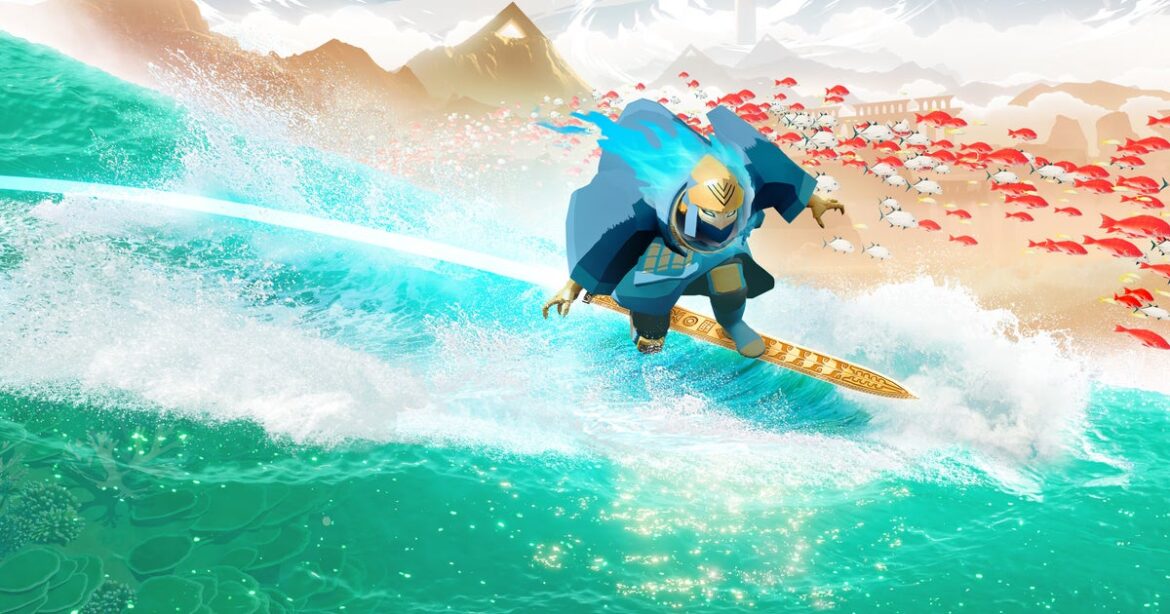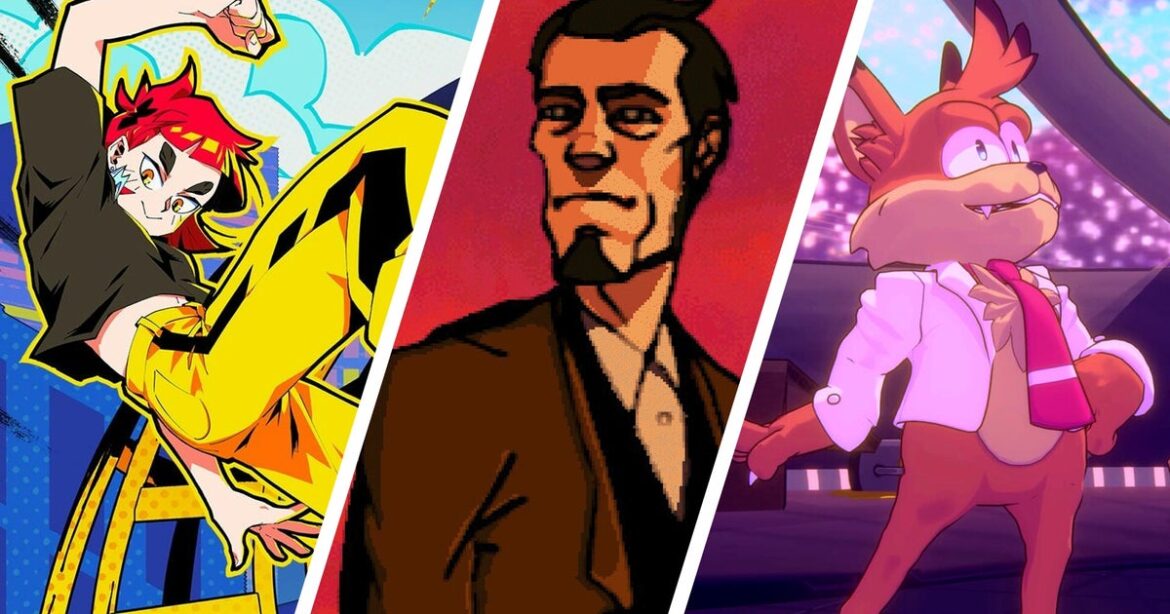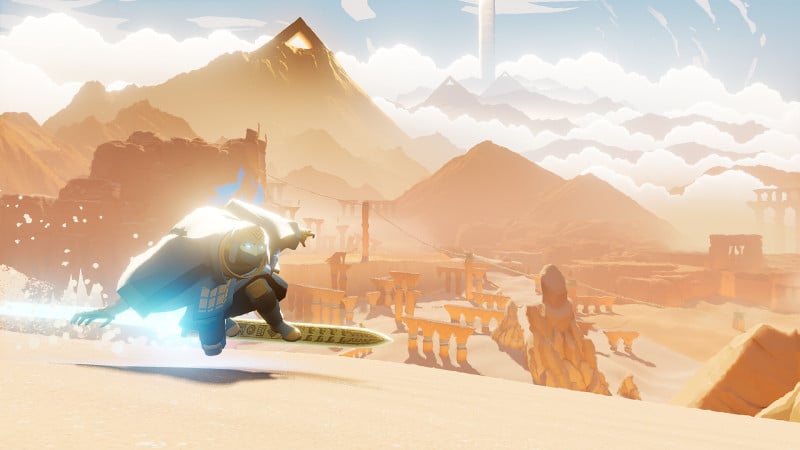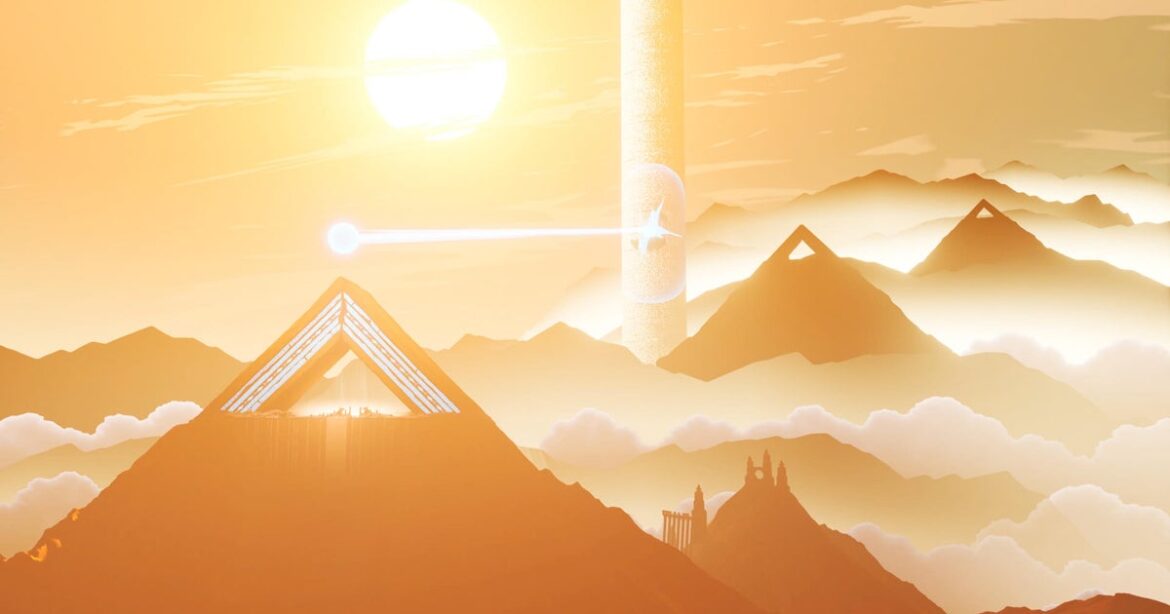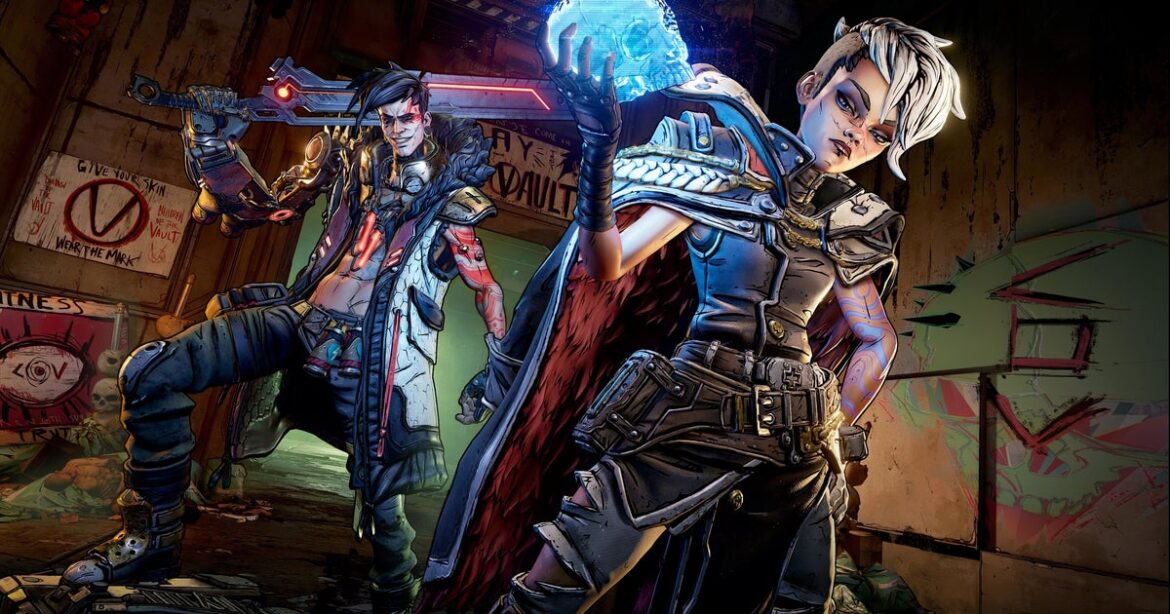In brief
- Hyperliquid surges 9.26% to $44.11 as the only top 10 crypto in green while the rest of the market tanks 1.8%.
- BNB drops 0.14% to $947.55, as the worst performer in top 10 after the Aster-driven spike fades.
- The Crypto Fear and Greed Index marks the most bearish reading since April. Here’s what the charts say traders can expect.
The crypto market is nursing a nasty hangover after a major panic episode earlier this week, with the total market cap of crypto sliding 1.8% to $3.75 trillion as the infamous Red September curse threatens to claim another victim.
Yet in this sea of red, there’s at least one token staying afloat: Hyperliquid’s HYPE is up a defiant 9.26% and standing as the only cryptocurrency in the top 11 showing green on the day.
Meanwhile, traditional markets are playing a different tune entirely—the S&P 500 edged up 0.22% to 6,619 points while gold climbed 0.33% to $3,762 per ounce, showing investors still have appetite for some risk assets, just not crypto risk—at least not right now. What’s more, President Donald Trump announced a package of tariffs set to take effect October 1, which has the potential to send risk assets scrambling for cover.
The Crypto Fear and Greed Index has plunged to 28, firmly in “fear” territory and the most pessimistic reading since April, when Trump’s previous tariff announcements sent markets into a tailspin.
Even still, there’s a fascinating subplot unfolding in the perpetual futures DEX wars that’s turning conventional wisdom on its head.
Hyperliquid price: The HYPE is back?
While its rival Aster has been stealing headlines with a jaw-dropping surge since its launch last week, Hyperliquid is quietly mounting its own comeback.
Hyperliquid is both its layer-1 blockchain network and a decentralized exchange that specializes in perpetual futures—derivatives contracts that never expire and allow crypto traders to both hedge risk and essentially bet on the future price of digital assets, such as Bitcoin.
The exchange is powered by a token of the same name, which trades as HYPE, and both the exchange and the token have experienced a rush of interest over the last several months. For context, despite the recent ups and downs, HYPE is up more than 20% in the last three months and up close to 600% in the last year, currently commanding an impressive $12.2 billion market cap.
The Hyperliquid token surged today from a low of $40.376 to its current price of $44.114, representing a 9.26% gain in a market where everything else is bleeding.
Hyperliquid (HYPE) price. Image: Tradingview
Looking at the technical breakdown, HYPE is displaying the sort of behavior that traders would interpret as potentially the end of a major correction. The price of the coin, after all, is down close to 10% in the last 30 days.
The Relative Strength Index, or RSI, is one such technical indicator that traders rely on. RSI measures price momentum on a scale from 0 to 100, where readings above 70 signal overbought conditions and below 30 suggesting oversold.
Hyperliquid sits at 41—technically bearish territory, but here’s what traders need to understand: After a token corrects from $56 to $40, an RSI at 41 actually signals healthy consolidation rather than weakness. This is like a reload zone where smart money accumulates before the next leg up. Traders typically see RSI readings between 30-45 after major corrections—notice the chart is still on an upwards trajectory—as buying opportunities rather than sell signals.
The Average Directional Index, or ADX, for HYPE is at 29, which shows strengthening trend momentum. ADX measures how strong a price trend is regardless of direction—readings above 25 confirm an established trend, and at 29, we’re seeing HYPE break out of its consolidation phase. The major dip cooled the ADX a lot, but still wasn’t enough to wipe out the upward trend in place.
Exponential moving averages, or EMAs, give traders a sense of price resistances and supports by taking the average price of an asset over the short, medium, and long term. Hyperliquid is still a young coin, without the trading history of an asset like Bitcoin, but the EMA picture appears bullish.
At the moment, HYPE’s 50-day EMA is sitting above its 200-day EMA, meaning the average price over the short term is still higher than the average price over the long term. This configuration typically signals that short-term momentum is overpowering long-term pessimism, suggesting the path of least resistance is higher.
But as a warning sign, the gap between both EMAs is closing, which could potentially lead to a death cross formation (when the EMA50 moves below the EMA200). In this scenario, some traders may opt to set up buy orders near the EMA200 for those thinking the token may continue its bearish correction before bouncing.
On Myriad, a prediction market developed by Decrypt’s parent company Dastan, sentiment on HYPE hasn’t yet reached the bullishness exhibited in the charts. At the moment, Myriad traders don’t expect the price of HYPE to rise to $69 any time soon, placing those odds at just 30% when measured against the odds of it dropping below the $40 mark.
Key Levels:
- Immediate support: $36.00 (EMA200)
- Strong support: $28.00 (visible on the chart as previous resistance)
- Immediate resistance: $48.00 (EMA50)
- Strong resistance: $$56.00 (previous high zone)
BNB price: Paying the price for Aster’s success
The story of BNB today is a classic “sell the news” scenario, as the Binance-issued token drops 4.23% to $947.55 in the last 24 hours, making it the worst performer among the top 10 cryptocurrencies by market cap.
As discussed earlier this week on Decrypt, BNB had been on fire lately, and was on Tuesday the only coin in the top 10 by market cap in the green. Much of the price movement could be attributed to an increase in activity on the BNB network as a result of the explosive growth of Aster, a Hyperliquid competitor on the BNB Chain.
But, as we’ve seen so many times in markets: what goes up, must eventually come down. And at the moment, the, er, hype around Aster has slowed. And BNB now appears to be taking a hit as a result.
BNB price. Image: Tradingview
BNB’s RSI is at 51, which sits right at neutral and typically indicates a market in equilibrium waiting for the next catalyst. For traders, this dead-center reading often precedes sharp moves in either direction as the market breaks out of indecision.
The ADX at 36 confirms a strong established trend, but the Squeeze Momentum Indicator shows a bearish impulse in underway.
When ADX is high but momentum is bearish, it typically means sellers are in control and dip buyers should be cautious. This combination often results in continued pressure until ADX drops below 25, signaling trend exhaustion.
Looking at the price action on the chart, BNB opened the day around $946, reached a high near $959, but has since retreated to $947.55. Today’s doji (a candlestick with no body, basically showing that the opening and closing prices are almost the same)shows significant volatility and selling pressure at round number resistance. The 50-day EMA sits well above the 200-day EMA, maintaining a bullish longer-term structure, but the immediate price action below both the opening price and the psychological $960 level suggests near-term weakness.
The catalyst for BNB’s initial surge was clear: BNB Chain’s 24-hour perpetual volume stands at $36 billion, overtaking Hyperliquid’s $10.8 billion, driven primarily by the meteoric rise of Aster. However, today’s correction suggests traders are taking profits on the Aster-driven rally.
Image: Dune
Key Levels:
- Immediate support: $920 (visible support on chart)
- Strong support: $880-$900 (EMA50l)
- Immediate resistance: $1,000-$1,080 (psychological round number and all-time high)
Disclaimer
The views and opinions expressed by the author are for informational purposes only and do not constitute financial, investment, or other advice.
Daily Debrief Newsletter
Start every day with the top news stories right now, plus original features, a podcast, videos and more.


